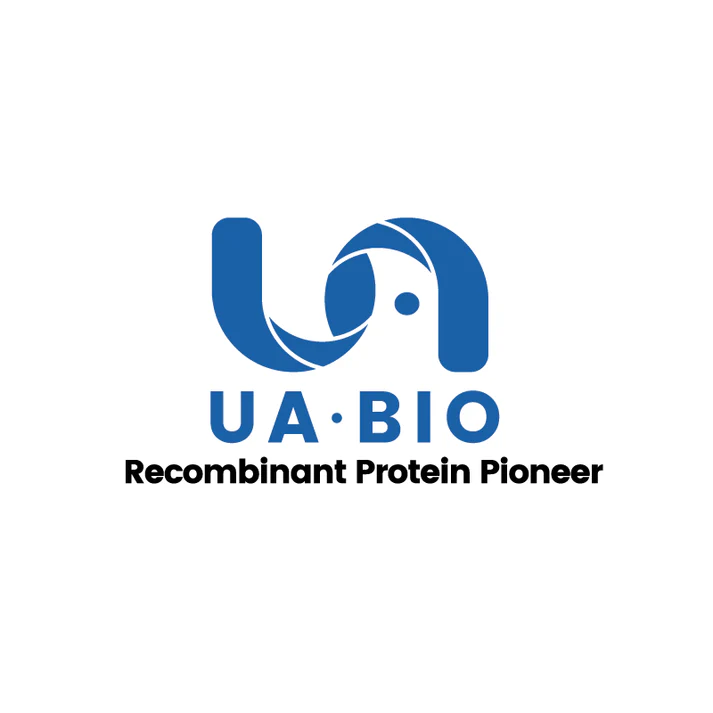1μg (R: reducing condition, N: non-reducing condition).
Product Details
Product Details
Product Specification
| Species | Human |
| Synonyms | LPA, Apo(a), Lp(a) |
| Accession | P08519 |
| Amino Acid Sequence | Glu20-Asn2040 with His Tag at C-Terminus |
| Expression System | HEK293 |
| Molecular Weight | >180kDa (Reducing) |
| Purity | >95% by SDS-PAGE & >90% by SEC-HPLC |
| Endotoxin | <0.1EU/μg |
| Conjugation | Unconjugated |
| Tag | His Tag |
| Physical Appearance | Lyophilized Powder |
| Storage Buffer | PBS, PH7.4,5% trehalose |
| Reconstitution | Reconstitute at 0.1-1 mg/ml according to the size in ultrapure water after rapid centrifugation. |
| Stability & Storage | · 12 months from date of receipt, lyophilized powder stored at -20 to -80℃. |
| Reference | 1.Salonen E.-M., Jauhiainen M., Zardi L., Vaheri A., Ehnholm C. |
Background
Lysophosphatidic acid (LPA) is a simple phospholipid composed of a phosphate group, a glycerol moiety, and a single hydrocarbon chain. Despite its simple structure, LPA functions as a bioactive signaling molecule through its six specific G protein-coupled receptors, LPA1–LPA6.
Apolipoprotein(a) [Apo(a)] is the primary component of lipoprotein(a) [Lp(a)]. It exhibits serine proteinase activity and undergoes autoproteolysis. Apo(a) inhibits tissue-type plasminogen activator (t-PA). Lp(a) may serve as a ligand for megalin/Gp330. Proteolytic cleavage of Apo(a) results in the formation of mini-Lp(a). Apo(a) fragments accumulate in atherosclerotic lesions, potentially promoting thrombogenesis. O-glycosylation may limit proteolytic fragmentation. The homology of Apo(a) with plasminogen kringles IV and V is believed to contribute to its atherogenicity, as these fragments compete with plasminogen for fibrin(ogen) binding.
Picture
Picture
SDS-PAGE
SEC-HPLC
The purity of LPA His Tag Protein, Human is greater than 90% as determined by SEC-HPLC.


